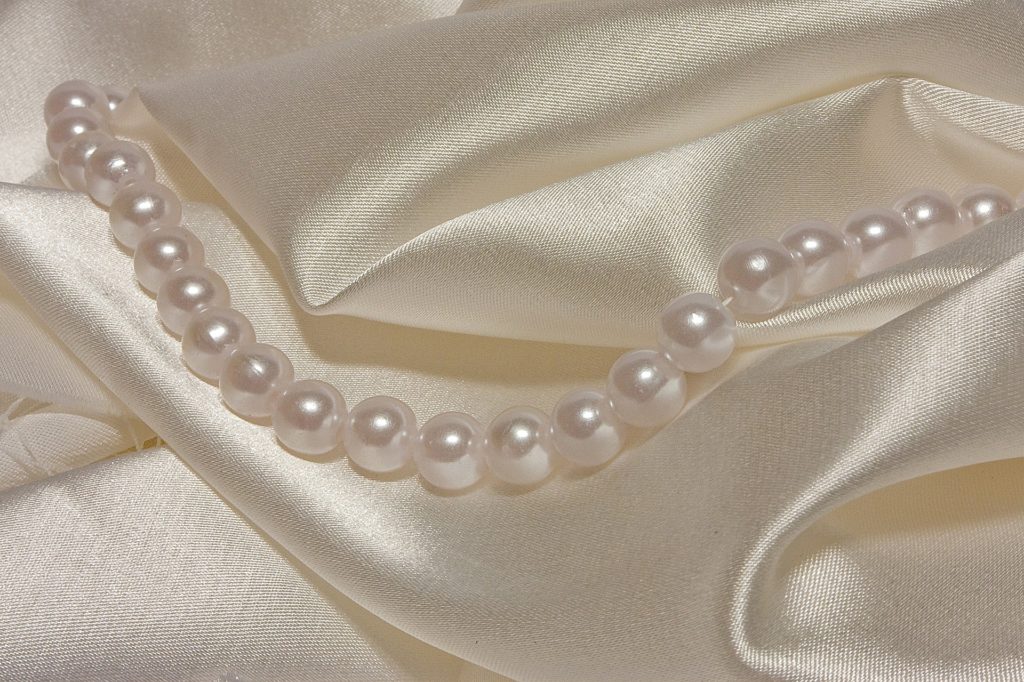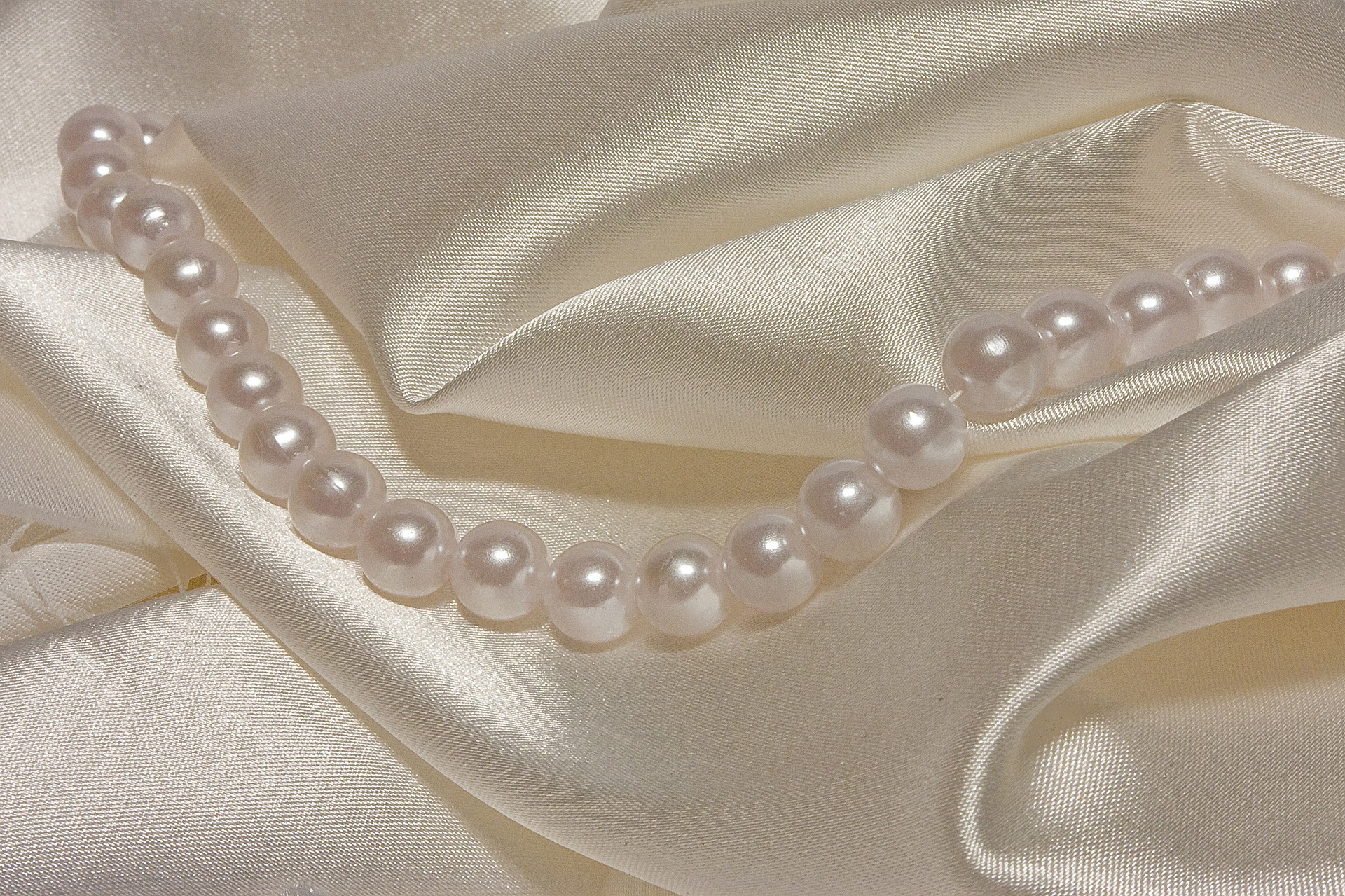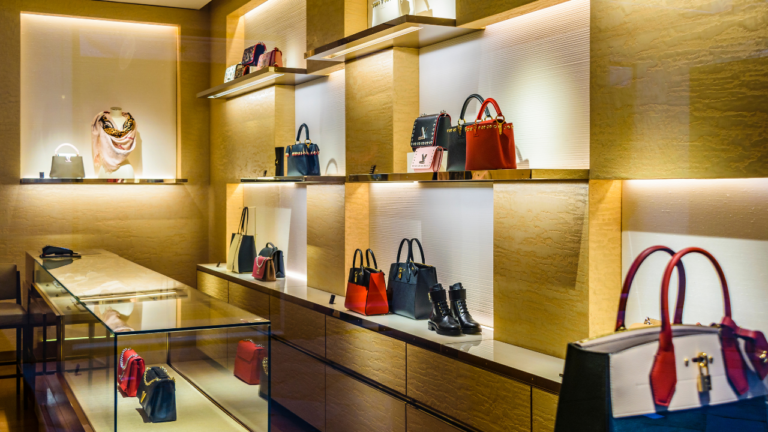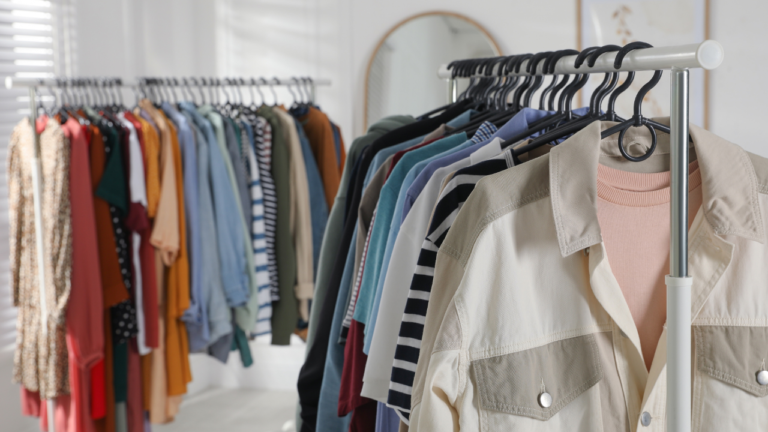How To Authenticate Hermès Scarves
The Hermès scarf has a long and prestigious history, dating back to the 1930s. When the founder of the luxury brand, Thierry Hermes, was inspired by a woodblock drawing by Robert Dumas to create the first scarf. Each scarf is still individually screen-printed today, and it can take up to 18 months to produce a single scarf. The designs are famously eclectic, with motifs ranging from equestrian themes to contemporary designs. They have become a staple for fashion icons all over the world, and remain one of the most iconic symbols of luxury fashion.
Each scarf is made with great attention to detail. From beginning to finish, it may take up to 16 months to make. The family-owned company uses traditional methods to make each scarf a work of art.
There are also a number of counterfeits on the market that are mass-produced rather than hand-made, like authentic scarves. Learn more about how to spot one here.
There are many ways to authenticate Hermès scarves. For instance, check for high-quality silk, the Hermès logo and artist’s signature, hand-rolled and stitched hems, vibrant print quality, and a care tag on newer models. Purchase from reputable sources or use professional authentication services for assurance and more.
1. Look for the hand-rolled edge
A surefire way to tell a Hermès scarf is real is if it has been hand-rolled, which is a very skilled process.
Hand rolling is a skilled process that takes time and effort to perfect. It’s the process of taking a long piece of fabric and carefully folding it and rolling it on itself until it’s a neat, small package. This is often done with silk fabric, as it’s a delicate material that can be easily damaged. By hand rolling the fabric, you’re ensuring that it’s well-protected and less likely to fray or rip. It’s a labor-intensive process, but the end result is a beautiful, high-quality scarf that will last for years.
2. Check for the artists’ signature and Hermes branding
Both should be featured on an authentic Hermès scarf.
The artist’s signature is one of the easiest ways to tell a Hermès scarf is real. It’s a small, discreet stamp that’s usually located in one of the corners of the scarf. It’s typically a simple, understated design that’s easy to miss if you’re not looking for it. The artists’ name will be included in the stamp, as well as the Hermes logo. It’s important to note that not all Hermes scarves have this stamp – some older scarves may not feature it. But if the scarf does have the stamp, it’s likely authentic.
3. Consider the weight of the fabric
Hermès scarves are made of thicker, denser silk than other luxury scarves, so it should feel considerably heavier.
They source their silk from brazil and their silk partner minimizes their impact on the environment while maximizing quality.

The fabric is carefully screened by hand, using up to 30 different screens and colors. If you see any coloring outside the lines, smudges or imperfections, the scarf is not authentic.
In fact, there is a precise number of cocoons the mulberry moth silk comes from 250 mulberry silk moth cocoons. This gives it a heavier weight than similar scarves. So, a 90 cm Hermes silk scarf weighs about 63 grams. Counterfeit scarves weigh between 40-52 grams.
4. Inspect the print quality
Hermès silk scarves are screen-printed by hand, so you should look for perfection in terms of color and printing. Any smudges or imperfections indicate a fake scarf.
The colors should be bright and clear, with no streaking or running. The print should be crisp and sharply defined, with no blurred lines or crooked lettering. If the scarf has any flaws in the printing, it’s likely not authentic.
5. Beware of cheap prices
As mentioned earlier, hand-rolling is an expensive process, so if a scarf is being offered at a too-good-to-be-true price, it’s likely to be a fake.
Hermes has a very specific price point, and if a scarf is being offered at a too-good-to-be-true price, it’s likely to be a fake. Hermes scarves typically start at around $200 for their smaller scarves and can go up to as much as $1,000, depending on the design and materials. So, if you see a scarf being offered for significantly less than that, it’s probably not real.
6. Care Tag
While this is not always a dead giveaway that a scarf is a counterfeit, it’s definitely a detail to look out for. Most Hermes scarves include an intricate, detailed care tag to highlight the care that the Hermes scarves require from their owners. Because of how complicated making a care tag is, many counterfeits do not include the tag.
A real Hermès scarf should say “Made in France” and the lettering will be weaved into the tag, not printed on it. If your scarf has a care tag, the likelihood that it is real is much higher. However, especially if the scarf is used, someone may have removed it so the scarf can be worn reversed, this is unlikely however as most people tend to preserve the scarf as it is.
7. The Size of the Scarf
The Hermes scarf comes In a few standard sizes. So, if it does not meet one of these measurements, then it may in fact be a counterfeit.
There is a 45cm pocket square, 55 cm bandana, 80 cm vintage silk, and 90 cm size. Also, most designs only appear in one or two sizes. If it’s an uncommon size for that variant of the scarf, it is probably a fake.
8. Copyright Symbol
Any scarf made before the 1980s does not have the modern copyright symbol, using a (c) instead. Also, any scarf made before 1950s has no copyright symbol at all.
Hermes ensures to have very iconic branding and their scarves are one of a kind. Keep in mind most Hermes purchasers who are fans of the brand may keep their iconic packaging, with the Hermes Orange color, This is one additional piece that will help ensure that you are purchasing the authentic Hermes scarf.






